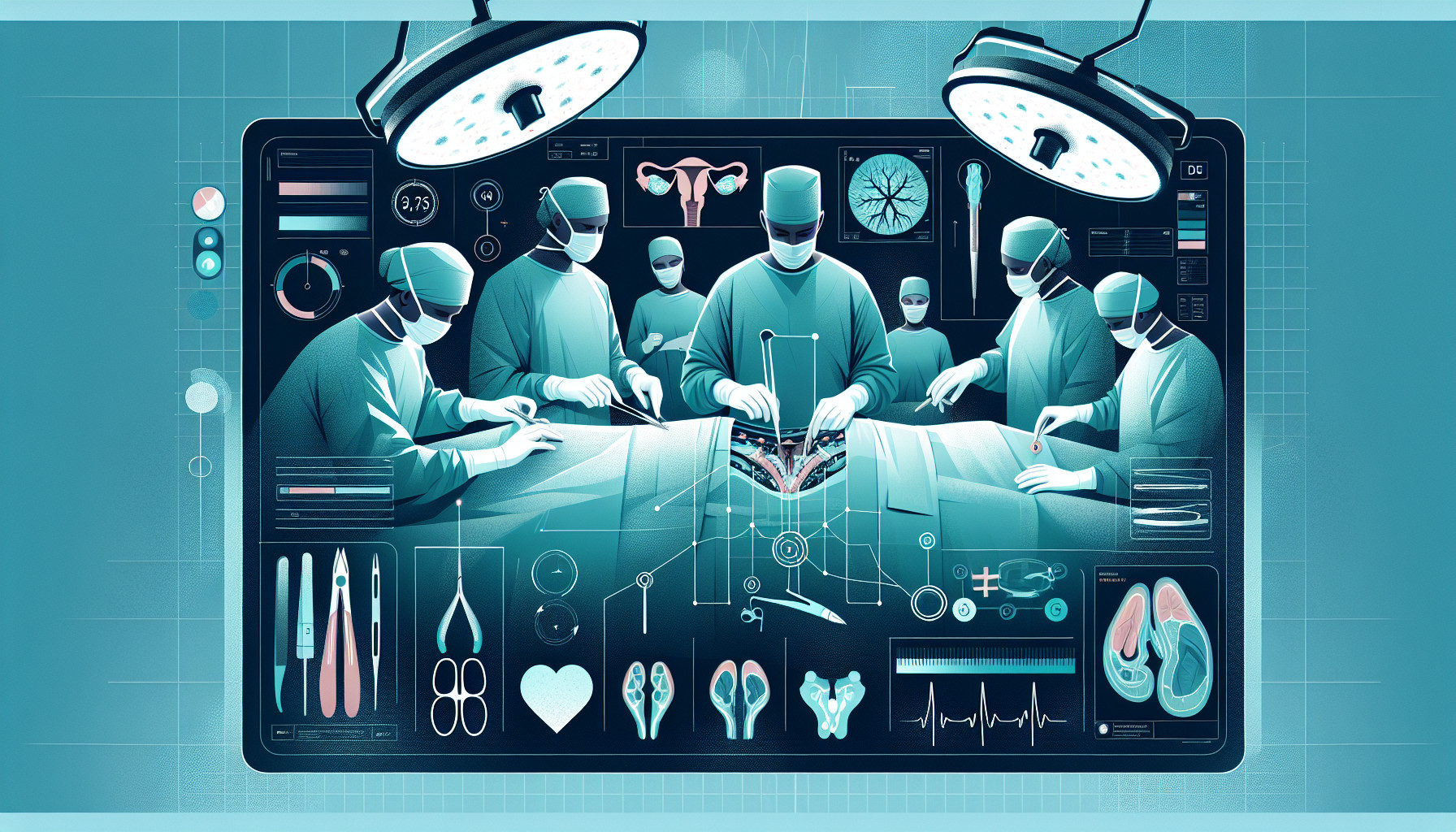Our Summary
This research paper discusses a very uncommon case of a 20-year-old man who had cancerous tumors in both his testicles at the same time. This type of cancer is extremely rare, making up only 1%-5% of all testicle cancers. Even rarer is when the two tumors don’t share the same type of cells, which was the case here.
The man came to the doctors because he found a lump in his right testicle. After doing scans, they found that he had tumors in both testicles. They removed the right testicle completely and tried to only remove the cancerous part of the left one while also extracting sperm for potential future use. However, they discovered that the left tumor had spread to the edges of the removed part, so they had to remove the left testicle as well.
The right tumor was made up of two types of cells (seminoma and embryonal carcinoma), while the left one was made up of embryonal carcinoma and another type of cells called intratubular germ-cell neoplasia unclassified (IGCNU).
After the surgeries, the patient was treated with chemotherapy and given testosterone replacement therapy. He showed no signs of the cancer returning after 18 months.
The paper also includes a review of other similar cases in the medical literature. This case is of interest due to its rarity and the unusual cell types found in the tumors.
FAQs
- How rare is it for a person to have tumors in both testicles at the same time?
- What were the types of cells found in the tumors of the 20-year-old man in this study?
- What treatments did the patient undergo after the removal of his testicles?
Doctor’s Tip
One helpful tip a doctor might tell a patient about testicular surgery is to closely monitor any changes in the remaining testicle after surgery. Regular self-exams and follow-up appointments with a healthcare provider are important to detect any potential issues early on. Additionally, discussing fertility preservation options before surgery, such as sperm extraction, can be beneficial for future family planning. It’s also important to follow any recommended post-operative care instructions to promote healing and reduce the risk of complications.
Suitable For
Typically, patients who are recommended testicular surgery include those with:
Testicular cancer: Testicular surgery is often recommended as a treatment option for patients with testicular cancer. This may involve removing the affected testicle (radical orchiectomy) or removing the tumor while preserving the rest of the testicle (partial orchiectomy).
Testicular torsion: Testicular surgery may be necessary in cases of testicular torsion, a condition where the spermatic cord becomes twisted, cutting off blood flow to the testicle. Emergency surgery is typically required to untwist the cord and restore blood flow to the testicle.
Testicular trauma: In cases of severe testicular trauma, such as a blunt force injury or penetrating wound, surgical intervention may be necessary to repair the damage to the testicle.
Testicular cysts or benign tumors: Surgery may be recommended to remove testicular cysts or benign tumors that are causing symptoms or affecting fertility.
Testicular sperm extraction (TESE): In cases of male infertility due to low sperm count or other factors, testicular surgery may be performed to extract sperm from the testicle for use in assisted reproductive techniques such as in vitro fertilization (IVF).
Overall, testicular surgery is typically recommended for patients with testicular conditions that cannot be effectively treated with other non-surgical interventions. It is important for patients to discuss the potential risks and benefits of surgery with their healthcare provider before undergoing any surgical procedure.
Timeline
Before testicular surgery:
- Patient notices a lump or abnormality in the testicle.
- Patient schedules an appointment with a doctor or urologist.
- Doctor performs physical examination and may order tests such as ultrasound or blood tests.
- Doctor confirms presence of tumors in one or both testicles.
- Treatment options are discussed, including surgery to remove the affected testicle(s).
After testicular surgery:
- Patient undergoes surgery to remove the affected testicle(s).
- Pathology report confirms type of cancer and extent of spread, if any.
- Treatment plan is determined, which may include chemotherapy, radiation therapy, or surveillance.
- Patient may experience side effects such as pain, swelling, or changes in hormone levels.
- Follow-up appointments are scheduled to monitor for recurrence and assess overall health.
- Patient may undergo additional treatments or procedures as needed.
- Patient may require testosterone replacement therapy if both testicles are removed.
- Long-term monitoring is necessary to ensure cancer does not return.
What to Ask Your Doctor
Some questions a patient should ask their doctor about testicular surgery include:
- What are the risks and potential complications associated with the surgery?
- What is the likelihood of the cancer spreading to other parts of the body?
- What is the recovery process like after the surgery?
- Will I need further treatment, such as chemotherapy or radiation therapy, after the surgery?
- How will the surgery affect my fertility and sexual function?
- Are there any long-term side effects I should be aware of?
- What follow-up care will be needed after the surgery?
- Are there any support resources available for me and my family during this time?
- How often should I have follow-up appointments to monitor for any signs of recurrence?
Reference
Authors: Symeonidis EN, Tsifountoudis I, Anastasiadis A, Mutomba WF, Kotakidou R, Hatzichristou D, Dimitriadis F. Journal: Urologia. 2023 May;90(2):434-441. doi: 10.1177/03915603211028556. Epub 2021 Jul 5. PMID: 34219574
